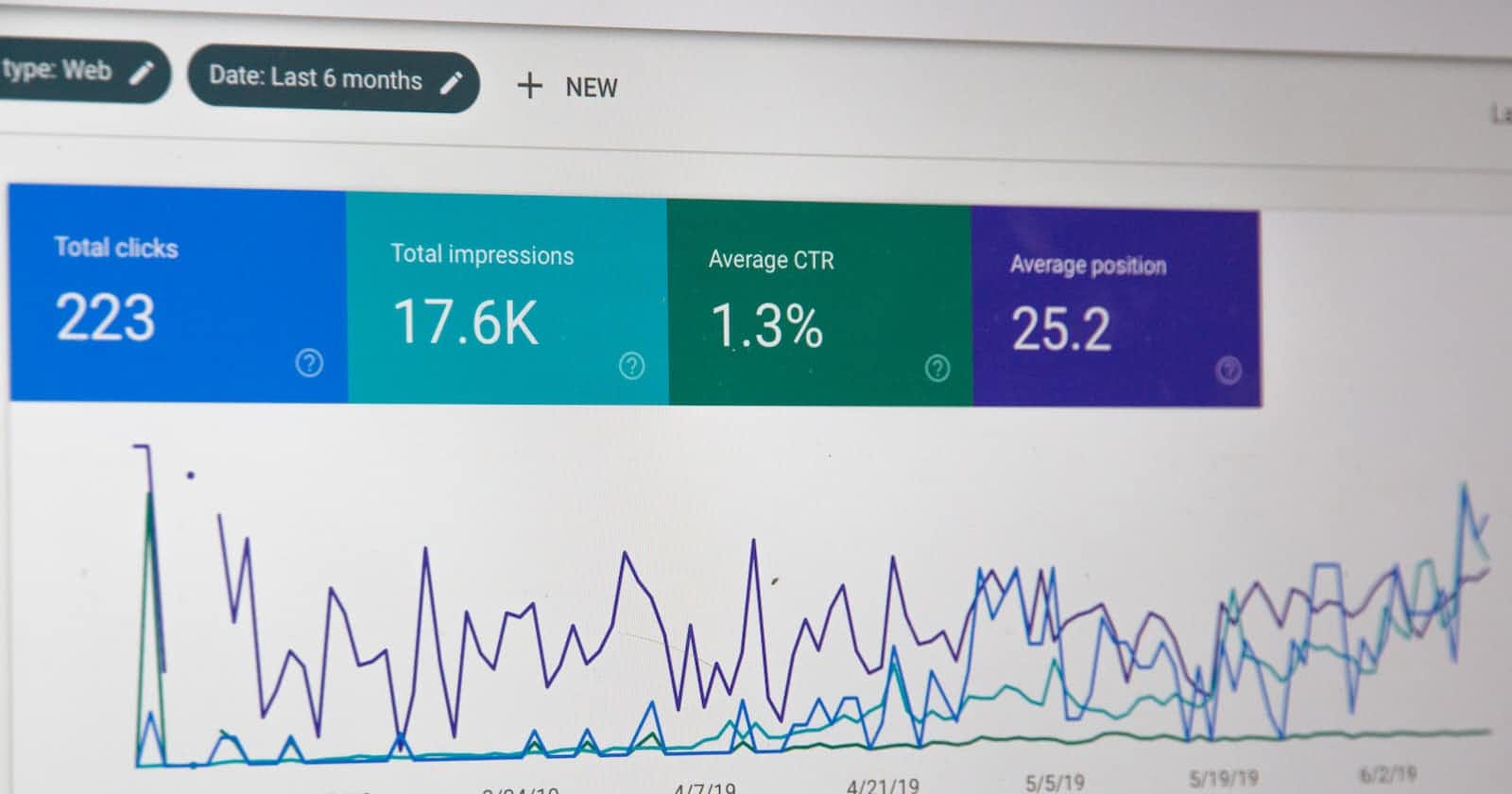
Photo by Stephen Phillips - Hostreviews.co.uk on Unsplash
The Intersection of Localization and SEO: A Winning Combination
Unlock the power of localization for startups! Explore best practices and tips for global expansion. Discover more in our comprehensive guide.
What is Localization?
Localization is the process of adapting a product, service, or content to a specific market or audience by considering their language, culture, and preferences. It involves translating content into different languages, modifying visual elements, and ensuring that the final product resonates with the target audience.
The Role of SEO in Localization
Search Engine Optimization (SEO) plays a critical role in localization efforts. Properly localized content has a higher likelihood of ranking well in search engine results pages (SERPs) for specific regions and languages. SEO and localization are complementary processes that work together to increase visibility and reach for businesses aiming to expand into international markets.
What is Multilingual SEO?
Multilingual SEO is the practice of optimizing content for multiple languages and regions. It involves keyword research, on-page optimization, and technical SEO practices tailored to the language and cultural preferences of the target audience. By implementing multilingual SEO, businesses can effectively reach a broader and more diverse audience.
SEO Best Practices for Localization
To achieve success in both SEO and localization, businesses should follow these best practices:
Keyword Research: Conduct keyword research for each target language and region to identify search terms that are relevant to the audience.
URL Structure: Use a clear URL structure that indicates the language and region of the content (e.g., example.com/en-us/ for English content in the US).
Hreflang Tags: Implement hreflang tags to signal to search engines which language and region each page is targeting.
Cultural Sensitivity: Ensure that content is culturally appropriate and relevant to the target audience.
Language Quality: Use professional translation services or localization software to ensure high-quality translations.
Mobile Optimization: Ensure that localized content is optimized for mobile devices, as mobile usage is prevalent in many regions.
By adhering to these best practices, businesses can optimize their content for search engines and provide a positive experience for their global audience.
The Benefits of Combining Localization and SEO
When localization and SEO are integrated effectively, businesses can enjoy several benefits:
Increased Visibility: Localized and SEO-optimized content is more likely to rank higher in search engine results pages (SERPs) for target regions and languages.
Expanded Reach: Multilingual SEO allows businesses to connect with a broader and more diverse audience.
Higher Conversion Rates: Content that is tailored to the language and culture of the target audience is more likely to drive engagement and conversions.
Brand Reputation: Providing a seamless and culturally relevant experience enhances brand reputation and customer loyalty.
Leveraging Localization Software for Success
While localization and SEO are crucial for businesses to expand globally, the process can be time-consuming and complex. Localization software can simplify the process, automate tasks, and improve accuracy.
Introducing Metrists: Your Localization Solution Specialized for Developers
Metrists is an advanced localization platform that enables businesses to unlock global expansion and fuel business growth. Streamline your localization process and automate your workflow with Metrists. Experience a comprehensive and seamless localization process with Metrists' end-to-end solution, specially designed for React developers.

